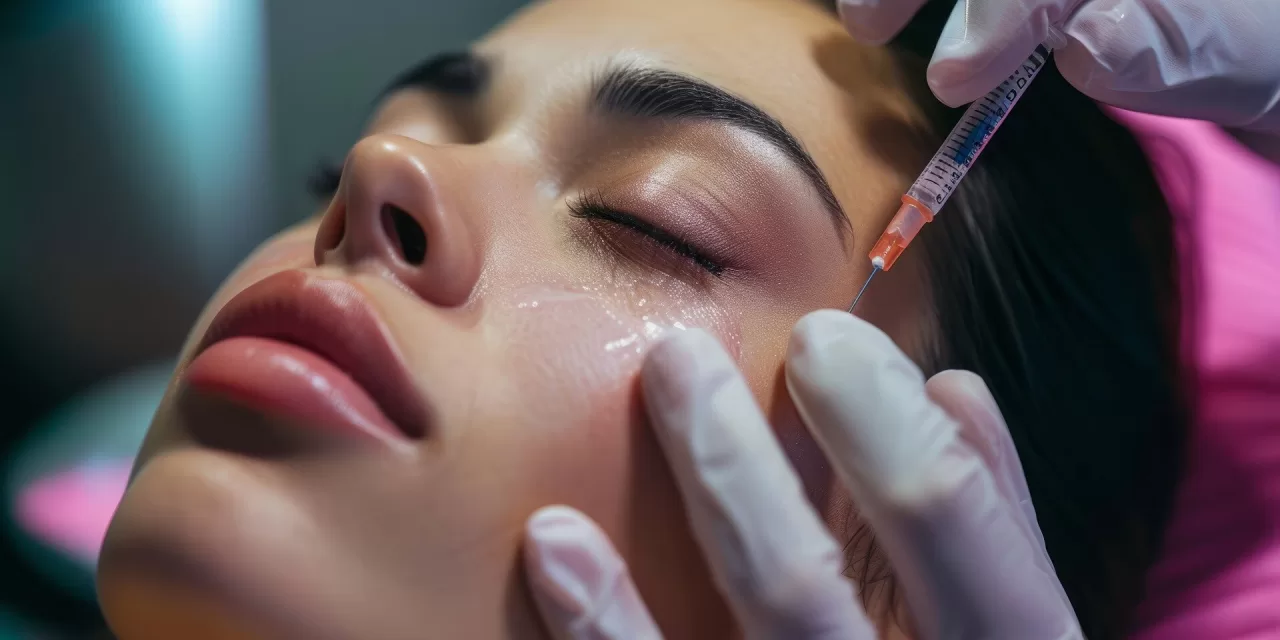Sydney, Australia – The recent hospitalization of three women in Sydney due to botulism following botox injections has sparked concerns over the regulation of the cosmetic injectables industry.
Authorities have revealed that the women received injections of unregulated anti-wrinkle products from the same provider at a Western Sydney residence in January. This provider, who is not a registered health practitioner, is also allegedly linked to a similar case in Victoria in 2024. In response, health officials have banned the individual from performing cosmetic procedures in New South Wales and Victoria while investigations continue.
What is Botulism?
Botulism is a rare but potentially life-threatening condition caused by the toxin produced by Clostridium botulinum bacteria. The toxin disrupts nerve function, leading to paralysis and, in severe cases, respiratory failure.
Botox and its Connection to Botulism
Botox, derived from C. botulinum toxin, is widely used for cosmetic and medical purposes. It works by blocking nerve signals to muscles, reducing wrinkles and treating conditions such as chronic migraines and muscle spasms.
When administered correctly by licensed professionals using approved and properly stored products, botox is generally safe. However, issues arise when unregulated or counterfeit products are used, or when mishandling leads to excessive toxin exposure. Improper dilution, contamination, or faulty injection techniques can introduce the toxin into the bloodstream, potentially triggering botulism.
Other Causes of Botulism
Aside from botox injections, botulism can also be foodborne. The C. botulinum spores can survive in improperly preserved foods, particularly in low-acid, low-salt, or undercooked homemade products. Infections can also occur from contaminated soil, wound exposure, or intestinal colonization, especially in infants and intravenous drug users.
Recognizing Symptoms and Treatment
Symptoms of botulism include drooping eyelids, difficulty breathing, facial weakness, blurred vision, slurred speech, and swallowing difficulties. In infants, it can present as floppy limbs and a weak cry.
Immediate medical attention is crucial. Treatment involves respiratory support if needed and administration of a botulism antitoxin to neutralize the toxin’s effects. Recovery can take months, with some patients experiencing prolonged symptoms such as fatigue and breathing difficulties. The fatality rate ranges between 5–10%.
Staying Safe in the Cosmetic Injectables Industry
Australia’s cosmetic injectables market, currently valued at A$4.1 billion, is projected to grow substantially. These recent botulism cases underscore the need for stricter regulation to safeguard public health.
If considering botox treatments, consumers should:
- Seek services from registered professionals listed with the Australian Health Practitioner Regulation Agency (AHPRA).
- Verify that the injectable product is approved by the Therapeutic Goods Administration (TGA).
- Avoid treatments offered in unregulated environments, such as private residences or beauty salons lacking proper licensing.
For those preparing preserved foods, following strict hygiene, acidification, salting, and heat-treatment guidelines can reduce the risk of botulism.
Conclusion
While botulism remains rare in Australia, its severity warrants vigilance, especially as demand for cosmetic procedures surges. Ensuring treatments are performed by qualified professionals and maintaining proper food safety practices are critical steps in preventing this potentially fatal condition.
Disclaimer: This article is for informational purposes only and should not be considered medical advice. Individuals experiencing symptoms of botulism should seek immediate medical attention. Always consult licensed healthcare professionals for cosmetic procedures and food safety guidance.











